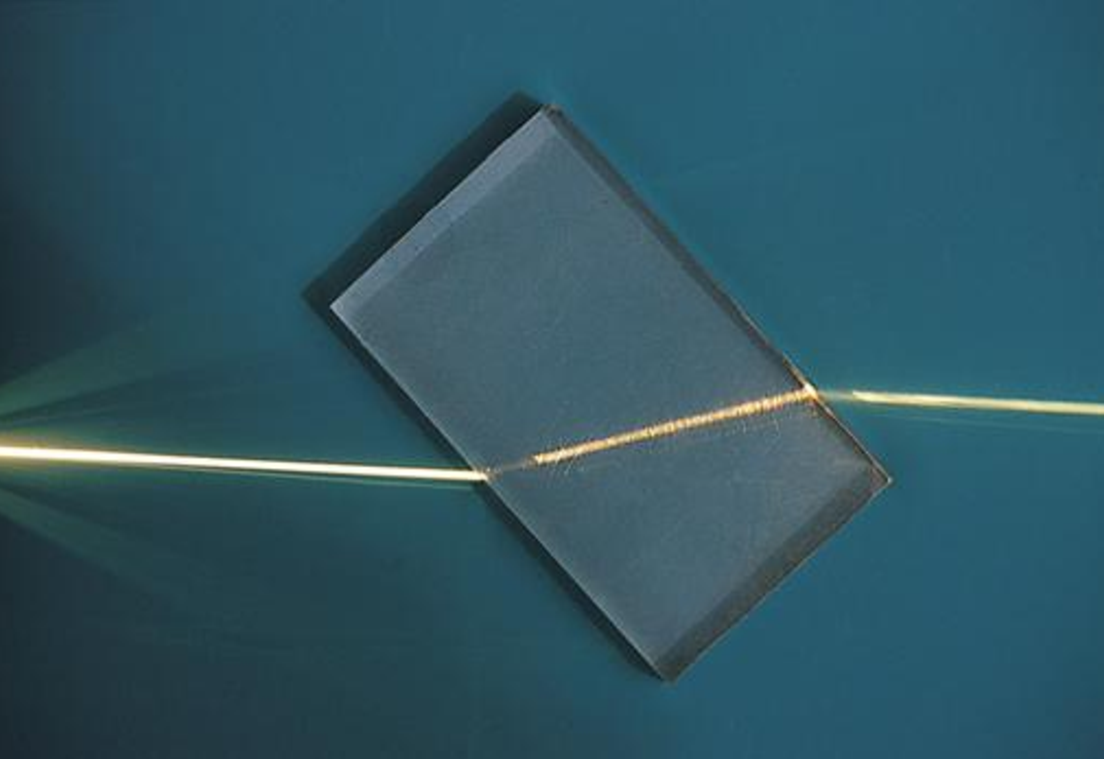
Scandium oxide (Sc2O3) is a rare earth metal oxide known for its unique properties and diverse applications. As a high-purity compound, it plays a critical role in various advanced technological fields. One of the key characteristics that make scandium oxide valuable is its refractive index, which influences its use in optical and photonic applications. Understanding the refractive index of scandium oxide not only enhances its utility but also broadens its application scope in different industries.
In this article, we explore the refractive index of scandium oxide. We will look at its basic properties, how it is measured, and its key applications. Whether you are a researcher, industry professional, or just interested in rare earth materials, this guide will provide valuable insights into scandium oxide.
The refractive index, often symbolized as n, is a dimensionless number that describes how light propagates through a medium. It is defined as the ratio of the speed of light in a vacuum to the speed of light in the medium. The refractive index indicates how much the light is bent, or refracted, when entering the material.

The refractive index is a fundamental property in optics and photonics, influencing how materials interact with light. High refractive indices indicate materials that can significantly slow down and bend light, making them essential for lenses, coatings, and various optical devices.
To measure the refractive index, scientists typically use methods such as:
Scandium oxide (Sc2O3) is a high-purity compound notable for its stability and resistance to high temperatures and corrosion, making it valuable in various advanced technological fields.
Key Properties:
The refractive index of scandium oxide (Sc2O3) is a critical parameter that significantly influences its applications in optics and photonics. The refractive index of a material indicates how much light is bent or refracted when it enters the material, which is essential for designing optical devices.
Scandium oxide has a refractive index of approximately 1.95 at a wavelength of 550 nm. This relatively high refractive index means that scandium oxide can significantly slow down and bend light, making it an excellent material for use in various optical applications.
Comparison with Other Materials:
Scandium oxide's refractive index places it between aluminum oxide and zinc oxide, highlighting its effectiveness in manipulating light. This makes scandium oxide particularly valuable in Optical Coatings, Waveguides, High-Temperature Optics, etc, which will be further explained later.

Refraction of light ray through a glass slab. ajizai, Public domain, via Wikimedia Commons
Below are some key areas where scandium oxide plays a vital role:
1. Optical Coatings:
2. Waveguides and Photonic Devices:
3. High-Temperature Optics:
4. Laser Host Materials:
5. Ceramic Materials:
Scandium oxide (Sc2O3) stands out due to its unique refractive index and exceptional properties, making it an essential material in various high-tech applications. Its significant refractive index of approximately 1.95 at 550 nm allows it to play a crucial role in optics and photonics, where precise control of light is paramount.
Key Takeaways:
In summary, scandium oxide's unique refractive index and related properties not only make it versatile for current technological applications but also position it as a key material for future advancements. Leveraging these properties will be crucial for driving progress in various scientific and industrial fields. Stanford Materials Corporation (SMC) continues to support research and development in this critical area.
Eric Loewen
Eric Loewen graduated from the University of Illinois studying applied chemistry. His educational background gives him a broad base from which to approach many topics. He has been working with topics about advanced materials for over 5 years at Stanford Materials Corporation (SMC). His main purpose in writing these articles is to provide a free, yet quality resource for readers. He welcomes feedback on typos, errors, or differences in opinion that readers come across.

 Inquiry List
Inquiry List

